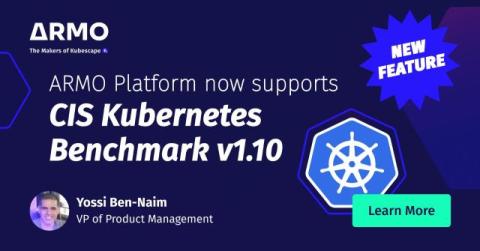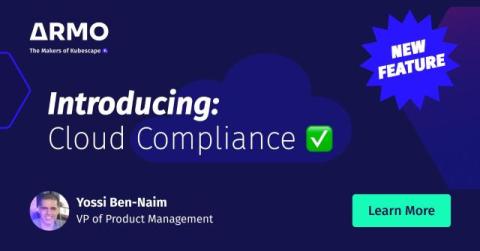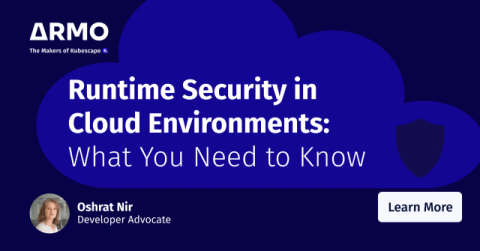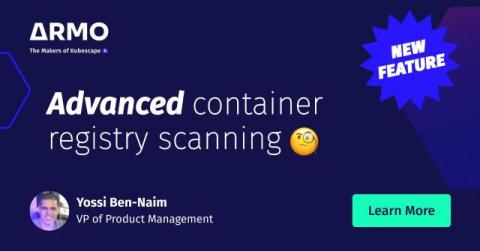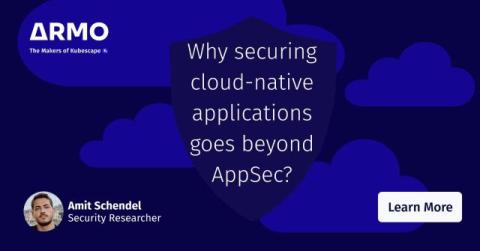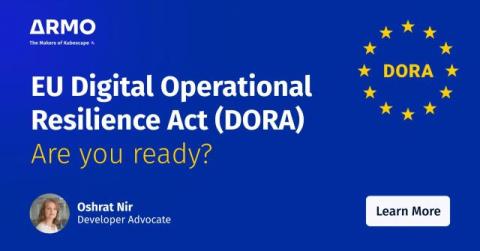Kubescape Joins CNCF Incubation: A Major Milestone in Kubernetes Security
We’re excited to announce that Kubescape has officially entered the CNCF Incubating stage! This achievement marks a huge step for the project. The 2021 idea, devised by Ben Hirschberg, ARMO CTO and Co-founder, to create a simple tool for scanning Kubernetes clusters against NSA-CISA hardening guidelines, has since developed, expanded, improved and matured. Kubescape is now a robust, full-fledged security platform, all thanks to the amazing support from the Kubescape community and CNCF.



